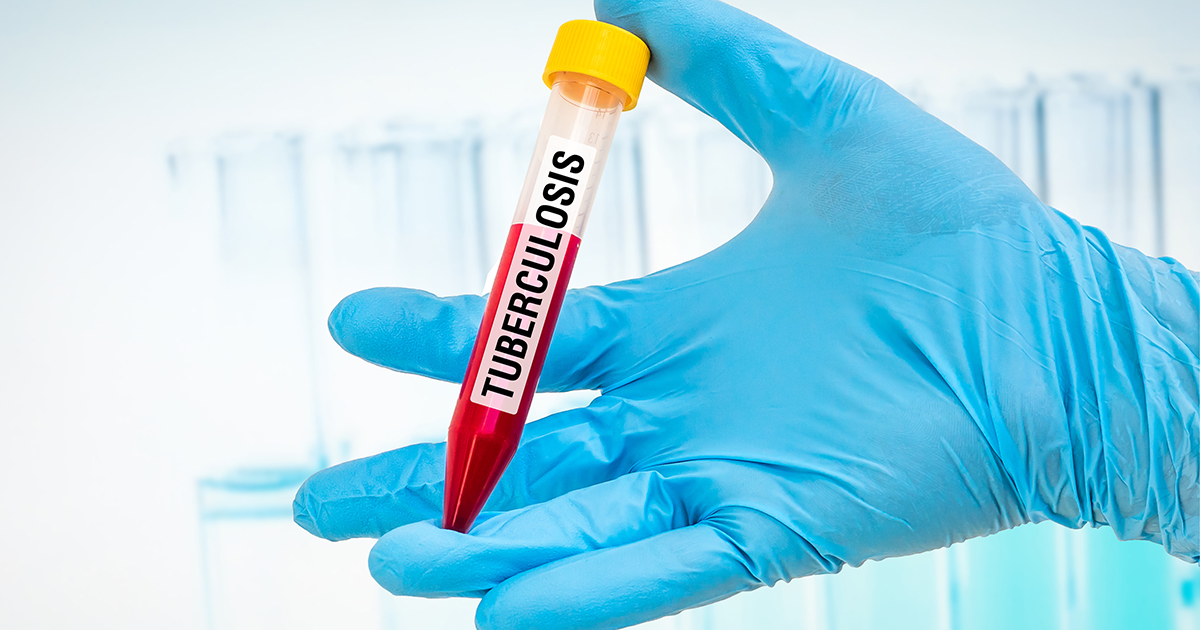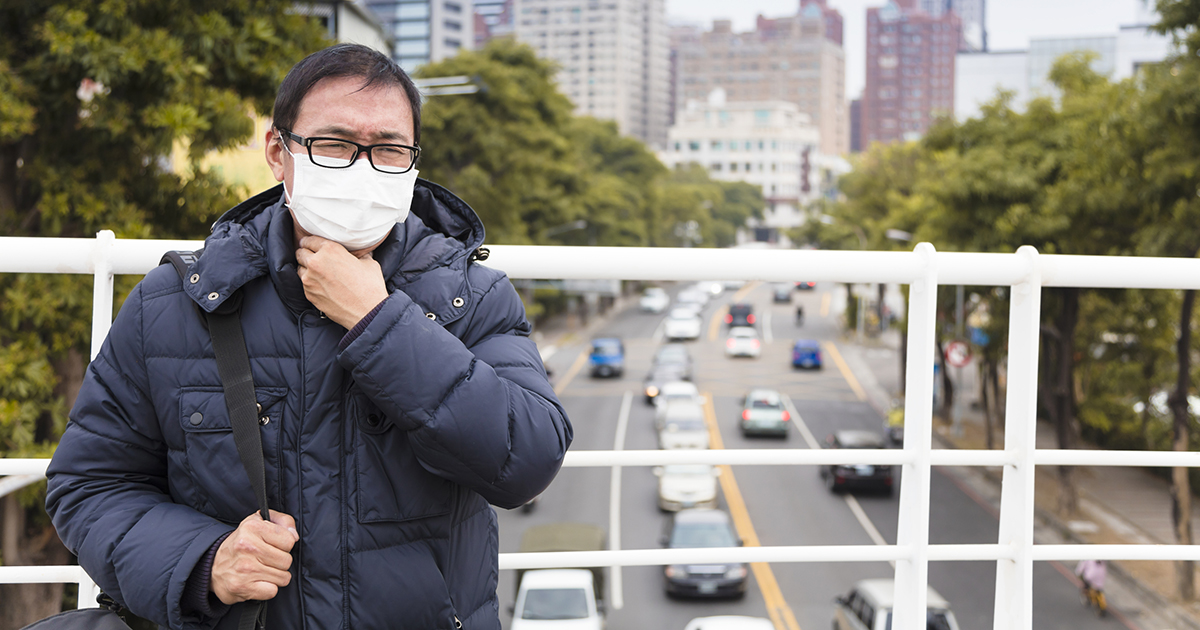What Causes Tuberculosis?
Tuberculosis is a disease caused by a bacteria, usually the Mycobacterium tuberculosis, or M. tuberculosis. It mainly affects the lungs, though it can also affect other areas of the body. The disease is also called TB or consumption and was once so widespread it was known as the white plague. Though it is not as prevalent in Western countries as it used to be, TB is still a significant problem in third-world countries. What makes tuberculosis so dangerous is that it is fairly easy to catch. Continue reading to reveal how it spreads and the primary causes of TB now.
How TB Spreads

Whenever a person with tuberculosis coughs or sneezes, they propel millions of infectious bacteria into the air through droplets of moisture. Another person can breathe in the bacteria, which then travels to their lungs. The lungs try to fight the germ by encapsulating it in a formation called a tubercle. This gives the disease its name. Though the germs are incapacitated, as long as they are within the tubercle, the tubercle can break down over time and allow the germs to escape and multiply, causing the individual to become ill.
Keep reading to learn about the main culprit of this disease: Mycobacterium TB.
Mycobacterium Tuberculosis

Under a microscope, Mycobacterium tuberculosis is straight or has a slight curve. The bacteria cannot move by itself but must be transported through moisture droplets. Despite this, it is an unusually strong bacteria. Some medical experts claim that it is all but indestructible when it is in the body, even though it dies quickly when it is exposed to heat and light. It has a high-fat content and waxy walls that are probably caused by mycolic acid. This acid gives the bacteria its name. The walls around the bacteria allow it to reject Gram staining, which is a method that scientists use to identify certain bacteria. Tuberculosis bacteria are often seen in clumps, for their fat content allows them to stick to each other. M. tuberculosis grows very slowly compared to other bacteria. Its population doubles only once a day in the laboratory.
Next, discover the first type of TB that individuals should be aware of now.
Latent TB

This is when a patient has the tuberculosis bacteria in their body, but they are not ill. The bacteria is technically “asleep” in the body, and the person cannot pass them on to others. Because of this, they may not know that they have the tuberculosis bacteria. They only discover that they have it through a skin or blood test that checks for tuberculosis. Damage from the bacteria will not be seen if they have an X-ray of their lungs. However, even though the person is not ill, they can be treated with medication to make sure that the tuberculosis bacteria is removed from their body. There are two types of medications that are generally given to patients with latent TB. They are taken together for three months then one is taken for six months. About one in ten patients with latent tuberculosis go on to have the active kind of the disease.
Continue reading to find out what the active type of this disease is.
Active TB

Active TB means that the tuberculosis bacteria in a person’s body has “woken up,” and they are now symptomatic and can pass the disease onto others. Active TB can take years to develop and can emerge from latent TB when the body can no longer suppress the bacteria. In the middle to late stages of tuberculosis, the patient develops a cough that lasts three weeks or longer. Sometimes they cough up blood or thick gray or yellow sputum. They have a low fever or chills, lose weight without trying and suffer from chronic fatigue. They have night sweats, chest pain, shortness of breath and urine that is sometimes reddish or cloudy.
Keep reading to reveal who is most at risk for contracting TB now.
Who's Most At Risk?

As for who's most at risk for developing TB, they include people sixty and over, those who are constantly exposed to tuberculosis-infected individuals, patients with the HIV infection and those who have weakened immune systems. The immune system could have been weakened by another illness or certain medications. Others who are at risk are those who live in crowded and unsanitary conditions, alcoholics or individuals who abuse narcotics, cancer patients, people with diabetes and patients who have other lung diseases. Also, people who come from countries where tuberculosis is common are at a higher risk of contracting and spreading the disease as well. Other individuals who are at higher risk for tuberculosis are healthcare workers, smokers, individuals who are malnourished and the very young.
Next, find out how tuberculosis is diagnosed.
Diagnosing TB

There are various ways of diagnosing TB. First, the doctor does a medical exam and asks the patient about their symptoms. They listen to the patient’s lungs through a stethoscope and check for swelling in the lymph nodes. The doctor will then give the patient a chest X-ray, and take a sample of sputum if the X-ray suggests a problem. The doctor can also use a skin test to diagnose this condition, which involves an injection of PPD, or purified protein derivative tuberculin, just beneath the skin on the inside of the patient's forearm. The patient will experience swelling at the injection site for two to three days after the injection. The doctor can often tell through this swelling whether the person has been exposed to the tuberculosis bacteria. Blood tests are also another diagnostic tool that can determine if a patient has TB, and often tend to be more accurate than the tuberculosis skin test.